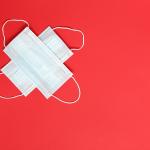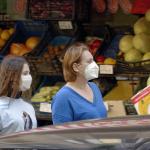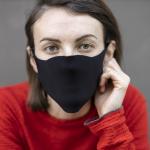A more strategic approach comes from a recent New England Journal of Medicine article.
masks and COVID
Small particles less than 0.3 microns may be harboring the SARS-COVID-2 virus and may represent a surrogate monitor of SARS-COVID-2 infection
Face masks are an important way to limit new COVID-19 infections, but since mask wearing has become politicized and the subject of derision in some areas, we questioned whether additional personal characteristics might be important.
The New York Times published the results of a national survey of face-mask utilization in July 2020.
I have long been fascinated by how we tell “us” from “other,” the primary job, it seems, of our immune system. But in science, the categories we have chosen as our descriptors are now being questioned.








